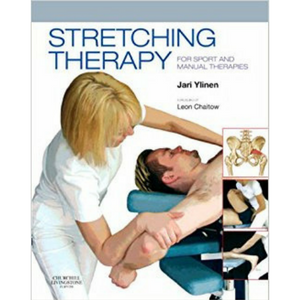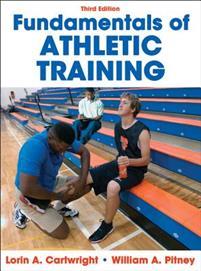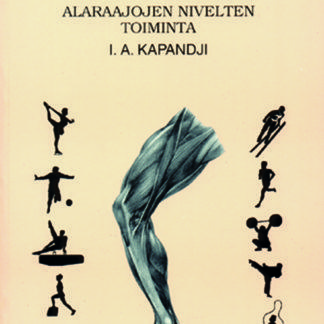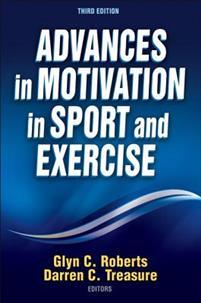Kuvaus
Stretching Therapy for Sport and Manual Therapy
Author, Jari Ylinen, foreword by Leon Chaitow
This practical resource examines the research, theory, and practice associated with stretching therapy. Anatomical illustrations and clear descriptions make it easy to learn which muscles are affected by specific treatment techniques. Full-color photographs show correct positioning of the patient and the therapist, with explanations of each movement on the same page or two-page spread.
- Comprehensive information on stretching provides essential knowledge for sports therapy or other manual therapy practice.
- Easy-to-access format presents each topic on a single page or page spread.
- Full-color photographs illustrate the correct position of the patient.
- Two-color anatomical illustrations show the position of the muscle involved in each technique.
This textbook contains valuable information for physiotherapists, masseurs, physical education instructors and teachers, trainers, coaches, medical doctors, osteopaths, sportsmen and all those who use stretching in their work. Stretching has an important part to play in the care of soft tissues after strain at work or in sport. It is used to promote recovery of the tendo-muscular system after exercise, post acute trauma, to treat overstrained muscles and for relaxation.
Within physiotherapy, manual stretching is used to remove muscle tension or spasticity and to restore normal stretchability of soft tissues and stretching techniques are commonly used within all manual therapies to treat the tendo-musular system. This book contains a review of research into the effects of stretching and comparisons of different stretching techniques. The theoretical background and physiologic mechanisms are also explained. Colour photographs show clearly how stretching is applied while anatomical drawings illustrate the location and direction of the muscles treated so that correct hand positions can be readily adopted and the direction of the stretch is clear. Both static and tension-relaxation stretching techniques are described and special attention is given to possible complications and contraindications.
286 pages. Over 160 colour photographs and over 200 drawings.
Churchill Livingstone, Elsevier, 1st ed. 2007
Medirehabook Inc. 2nd revised ed. 2013
ISBN 9789519209067




